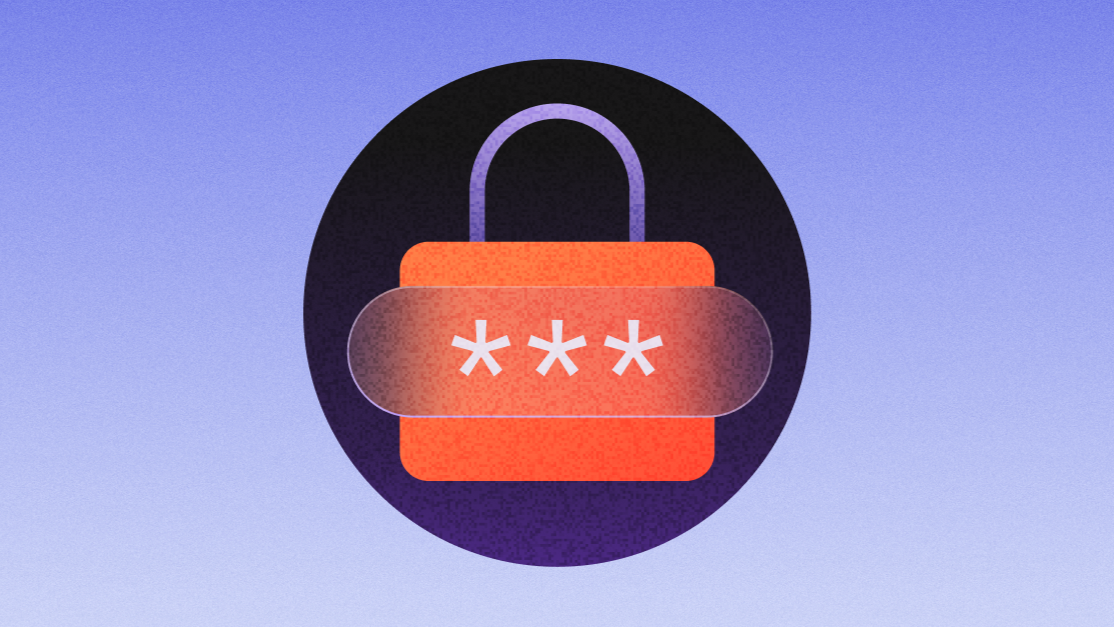The Hidden Data Security Risks in SharePoint Integrations
Security professionals face SharePoint compliance risks; misconfigurations, “Anyone” links & AI exposure demand automated guardrails - Metomic closes the gaps.
.png)
TL;DR
SharePoint is the backbone of enterprise collaboration—but in FinTech, it’s also a compliance liability. Microsoft Purview provides visibility and control options, but too often they’re under-configured, misapplied, or bypassed. The result: oversharing, “Anyone” links, unclear ownership, and blind spots in external sharing. Real-world incidents—from mis-scoped SharePoint links exposing client data1 to regulators fining firms for weak disclosure controls2—show this isn’t theory.
For CISOs, these aren’t just IT mistakes; they’re audit exceptions, regulatory breaches, and lost deals. Dashboards won’t fix this. What’s needed: precise discovery, automated guardrails, and employee workflows that scale with AI adoption and regulatory scrutiny.
That’s where Metomic fits.
Why SharePoint Multiplies Risk
SharePoint Online and OneDrive centralize sensitive data, but their flexibility makes them risky:
- Misconfigured Access: Microsoft’s “Anyone” (anonymous) links bypass authentication. Unless organizations restrict or expire these, sensitive data can leak externally without detection 3.
- Ownership & Sharing Blind Spots: Purview can report on activity, but CISOs often lack clear accountability for who owns a file versus who shared it externally 4. That gap fuels insider risk and third-party exposure.
- Human Error Dominates: The World Economic Forum estimates ~95% of cyber incidents stem from human error5—exactly what we see when employees upload customer data into the wrong SharePoint folder or paste credentials into a collaboration site.
- Tool Sprawl: Adding third-party DLPs without consolidation often increases noise. Security teams drown in false positives instead of remediating misconfigurations.
Microsoft Purview can enforce policies (DLP, Insider Risk, labels), but most FinTech firms under-configure these, creating a gap between theoretical control and actual enforcement.
Compliance and Regulatory Stakes in FinTech
For regulated firms, SharePoint risk translates directly into revenue and disclosure risk:
- FCA (UK): Cloud and outsourcing guidance makes firms accountable for governance and oversight of data sharing—even when using Microsoft 3656.
- SEC (US): New disclosure rules mean material misconfigurations that expose data could require reporting. Firms already face enforcement for weak controls and misleading disclosures2.
- Audit Delays: SOC 2 and ISO audits bog down when firms rely on manual file discovery. A single missed misconfiguration can derail certification.
- Deal Killers: Customer due diligence now demands assurance that data isn’t exposed through collaboration tools. A single “Anyone” link in SharePoint can stall or kill a major partnership.
Bottom line: in FinTech, misconfigured access isn’t just a security issue—it’s a compliance, audit, and investor problem.
Real-World Impact: Misconfiguration in the Wild
This isn’t hypothetical:
- Law Firm Exposure (2025): A mid-sized firm accidentally shared its root SharePoint directory instead of a single client folder, exposing sensitive client data1.
- Power Apps Incident (2021): 38M records were exposed because APIs defaulted to public access—showing how one misconfigured Microsoft ecosystem setting can cascade into massive exposure7.
- SharePoint Under Active Attack: In July 2025, attackers exploited a zero-day in on-prem SharePoint to deploy webshells. Even though SharePoint Online wasn’t affected, the campaign underscored how attractive SharePoint content is as a target8.
These events illustrate the stakes: one mis-scoped link, one misconfigured setting, or one unpatched server can create a material disclosure event.
The GenAI Dimension: SharePoint as an AI Risk Surface
Generative AI assistants like Microsoft Copilot are now embedded in Microsoft 365. Without proper governance, they can:
- Surface sensitive SharePoint files to users who technically have access but shouldn’t.
- Train on confidential datasets, risking intellectual property leakage.
- Expose PII in ways that violate GDPR, CCPA, or FCA expectations.
Microsoft recommends labels + DLP to mitigate this—but if your SharePoint data is misclassified or unowned, AI integration multiplies the risk. The future isn’t “AI adoption at any cost”—it’s classification-driven governance.
What CISOs Should Demand Beyond Dashboards
Visibility isn’t enough. To protect revenue, compliance, and trust, CISOs need:
- Accurate Discovery: Automated identification of sensitive data across SharePoint, Slack, Jira, Google Drive—not just activity tracking.
- Classifier Precision: Reduce false positives/negatives; cut noise while catching real risks.
- Ownership & Sharing Views: Clear reporting of who owns a file and where it’s been shared externally.
- Automated Enforcement: Auto-revoke risky links, restrict “Anyone” shares, dynamically reclassify files as content changes.
- Employee Engagement: Embed end-users in remediation workflows, shifting them from risk creators to risk managers.
How Metomic Fits In
Metomic integrates natively with SharePoint and other SaaS tools, closing the enforcement gaps that Microsoft dashboards leave:
- Risk Reduction: Real-time discovery + automated remediation cut breach risk.
- Audit & IPO Readiness: Audit-ready reports accelerate SOC2, ISO, and IPO certifications.
- Cost Efficiency: Customers typically cut 30–50% of DLP spend by consolidating into Metomic.
- Employee Enablement: Metomic workflows educate staff while enforcing policy in real time.
Instead of drowning in noisy alerts and shadowed permissions, CISOs gain clarity, accountability, and demonstrable ROI.
Final Takeaway
Microsoft’s security ecosystem is strong—but not designed for the FinTech regulatory environment. SharePoint integrations expose the gap between theoretical visibility and real security outcomes.
For CISOs under board and regulator scrutiny, the question isn’t: “Do we see the risk?”
It’s: “Can we eliminate it before it derails compliance, revenue, or trust?”
Metomic provides the SaaS-native guardrails that Microsoft alone does not: automated discovery, precise enforcement, and workflows that protect sensitive data without slowing down the business.
Resources
[1] Law firm SharePoint exposure (mis-scoped root directory sharing)
[2] SEC Cyber Disclosure / Enforcement Actions (2024 example)
[3] Microsoft Docs – SharePoint/OneDrive “Anyone” link behavior and restrictions
[4] Microsoft Docs – Ownership and external sharing reporting in SharePoint Online
[5] World Economic Forum – Global Risks Report: 95% of cyber incidents linked to human error
[6] FCA FG16/5 – Outsourcing and cloud use in financial services
[7] Power Apps misconfiguration incident (2021) – 38M records exposed
[8] Microsoft, Eye Security, The Verge – July 2025 on-prem SharePoint zero-day exploitation





